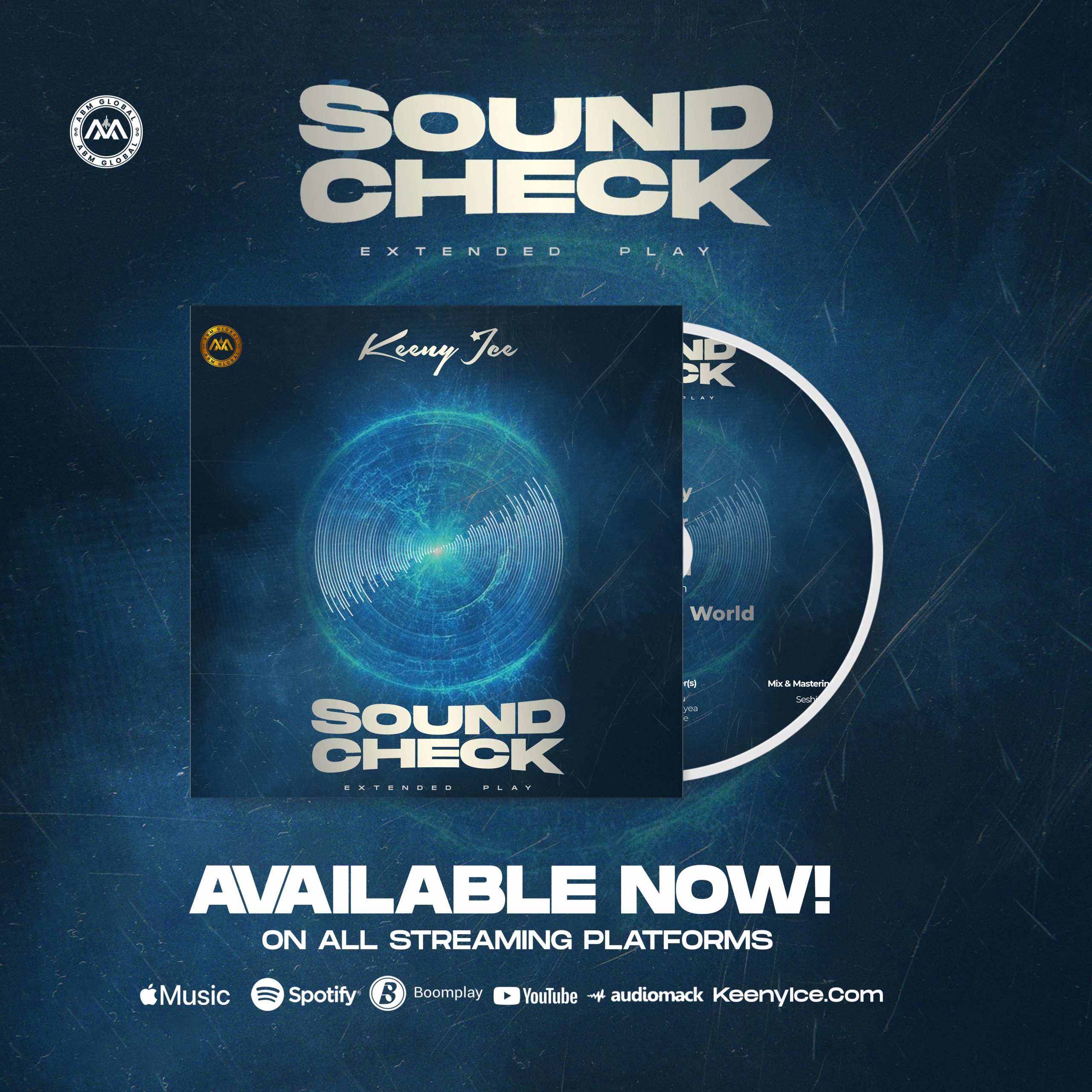Apple Music has been tweaking its analytics dashboard for artists for more than a year. Now, it’s ready for prime time.
We first reported on Apple Music’s beta launch of its analytics dashboard for artists in June of last year. The data tools are part of the Apple Music for Artists creator platform, and a way for Apple to battle Spotify on artist-related services.
Back in mid-2018, only a few thousand artists were invited to test-drive the suite of analytics services, and Apple has been making modifications based on its beta-tester feedback. Now, the platform’s deep data analytics backend is ready for mass-artist consumption.
The tools themselves are similar to the list from last year, with performance metrics offered on specific songs, cities, and even listener demographic breakdowns. Even Shazam data is layered into the mix, thanks to Apple’s recent acquisition of the heavily-used recognition app.
Apple says they’re tracking artist analytics across more than 100 countries. Data is updated daily, with both songs and videos on Apple Music covered.
Apple Music is offering artists a look at which cities are responding the strongest to their music, and even presenting the results in a heat map (see above). Given Apple Music’s substantial paying-only subscriber base, the city-specific breakouts could become a critical tour-mapping tool, with more serious (i.e., paying) fans tracked. Of course, Spotify has paying subscribers as well — nearly 110 million of them — though Apple arguably has a more useful and concentrated data set involving paying-only fans.
Digging deeper, artists can also identify which songs are resonating the strongest in specific regions. They can also use the platform to spot far-flung pockets of fanbases. Unfortunately, these pockets have been difficult for many artists to identify until recently (just ask Rodriguez).
Cities can also be viewed in list form, and Apple Music for Artists also has an iOS app.
Other analytics breakdowns are also interesting. Artists can take a look at age ranges, gender, and other demographic breakdowns of fans, which can sometimes be surprising. Given Apple’s stricter privacy policies, however, artists are unable to layer different analytics filters together (for example, age ranges of fans in New York City). That leaves artists with bigger takeaways only, without the ability to drill down into smaller groups of listeners.
Playlist-specific information is also available, including exact positions of songs within playlists and where these playlists are resonating the most.
Perhaps the icing on the cake is Shazam data, which can offer an early signal of fan response. Indeed, Shazam matches are often a preview of broader interest, with would-be fans eventually adding matched songs into Apple Music collections (or other places like Spotify and Amazon).
Credit: Digi Music News

